Severe storms and natural disasters can cause a variety of electrical safety hazards in and around our homes. Lightning, downed power lines, and floods are just a few of the serious safety concerns associated with storms. Unfortunately, many of these electrical safety hazards remain long after the storm itself has passed.
To help protect you from storm-related electrical hazards, here are the answers to some common storm safety questions.
The topics focused on below include:
- Lightning
- Power Lines
- Flooded Areas
- Wet Electrical Equipment
- Portable Generators
- Post-Evacuation Procedures
Frequently Asked Questions
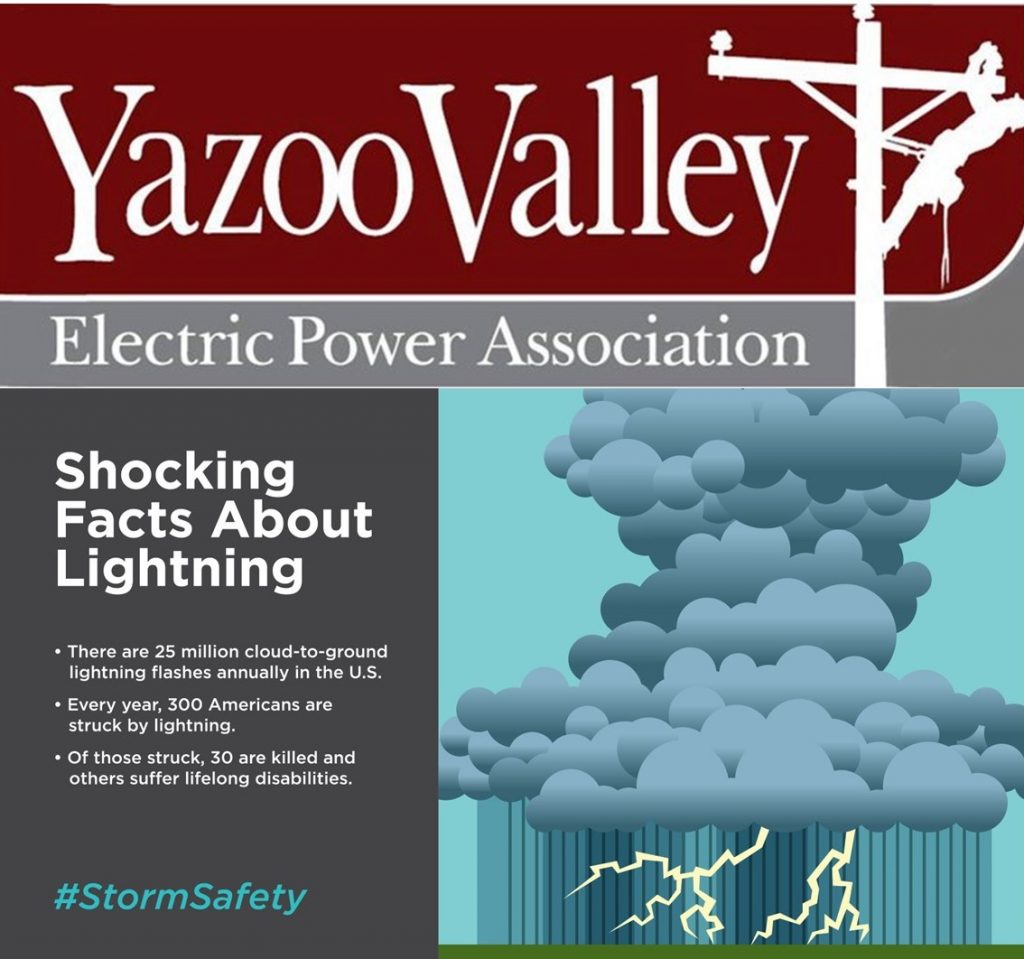
Lightning
What should I do if I am caught outside during a lightning storm?
- Move to a low point. Lightning hits the tallest available object, so get down low in a crouched position if you are in an exposed area.
- Stay away from trees.
- Avoid metal. Don’t hold on to metal items like bats, golf clubs, fishing rods, tennis rackets, or tools. Stay away from metal sheds, clotheslines, poles and fences.
- Stay away from water, including pools, lakes, puddles and anything damp—like grass.
- Don’t stand close to other people. Spread out.
Is there any warning before lightning strikes?
Not necessarily, but sometimes. If you feel a tingling sensation or your hair stands on end, lightning may be about to strike. Do not lie down. Instead, crouch down, tuck your head and cover your ears.
Am I safer in or out of my car?
Do not leave your vehicle during a thunderstorm. A vehicle is considered safe during a thunderstorm if it is fully enclosed with a metal top. While inside a safe vehicle do not use electronic devices.
The storm is still raging outside. Are we safe from lightning if we stay inside the house?
Follow these indoor lightning safety tips to help keep your family safe inside while it’s storming outside:
- To avoid lightning strikes, stay away from windows and doors.
- If possible, unplug electronic equipment before the storm arrives. Avoid contact with electrical equipment and cords during storms.
- Avoid contact with water and plumbing, including sinks, baths and faucets.
Can I talk on the telephone during an electrical storm?
Use corded telephones only for emergencies. Cordless or cellular phones are safe to use.
I have an outside dog. Is it OK to leave him out there during a lightning storm?
Doghouses are not lightning-safe, and chained animals can easily become victims of lightning strikes. You should consider bringing your pets inside to protect them.
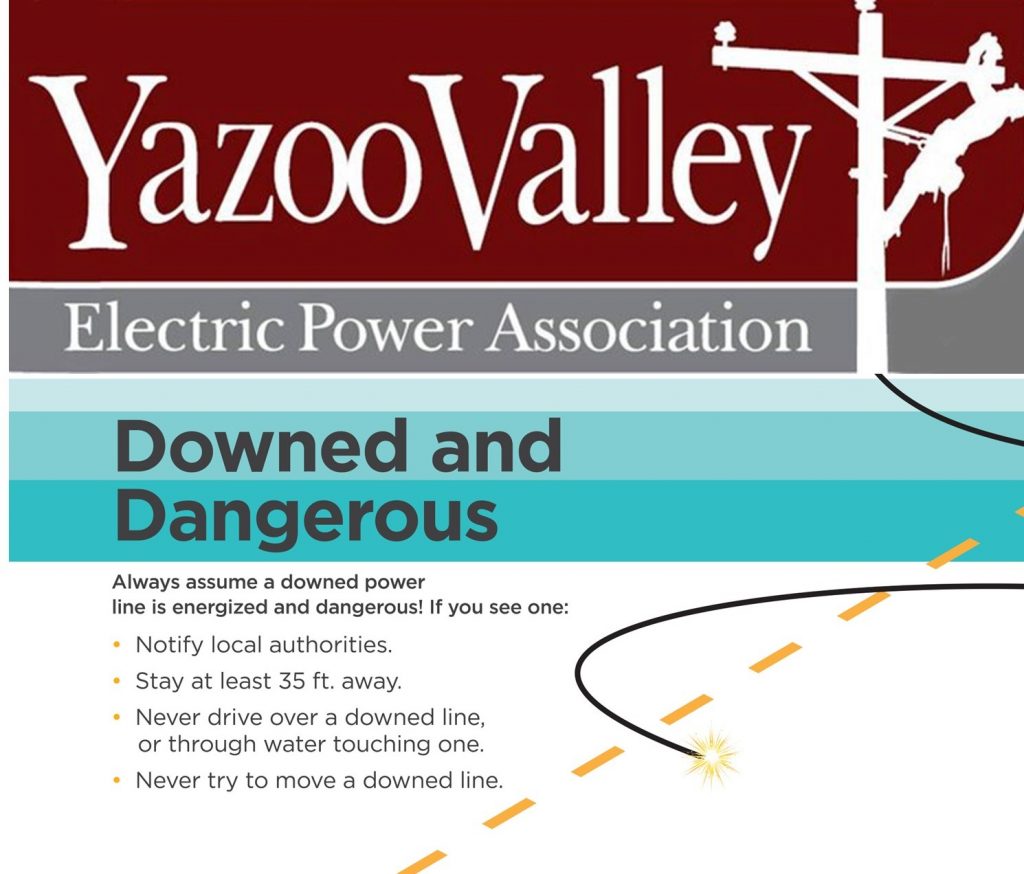
Power Lines
What should I do if I encounter a downed power line?
If you see a downed power line, move at least 10 feet away from the line and anything touching it. The human body is a ready conductor of electricity.
The proper way to move away from the line is to shuffle away with small steps, keeping your feet together and on the ground at all times. This will minimize the potential for a strong electric shock. Electricity wants to move from a high voltage zone to a low voltage zone—and it could do that through your body.
What can I do to help someone who has come in contact with a downed power line?
If you see someone who is in direct or indirect contact with the downed line, do not touch the person. You could become the next victim. Call 911 instead.
Can I use something that is not metal to try to move a downed power line myself?
Do not attempt to move a downed power line or anything in contact with the line by using another object such as a broom or stick. Even non-conductive materials like wood or cloth, if slightly wet, can conduct electricity and then electrocute you.
What should I do if I see a downed power line in the street while I am driving my car?
Do not drive over downed power lines.
What if a power line comes down onto my car or I didn’t see it until I’ve driven into it?
If you are in your car and it is in contact with the downed line, stay in your car. Tell others to stay away from your vehicle and call 911.
If you must leave your car because it’s on fire, jump out of the vehicle with both feet together and avoid contact with the live car and the ground at the same time. This way you avoid being the path of electricity from the car to the earth. Shuffle away from the car.
Is a downed power line still dangerous if it has come down in water, like a pool or pond?
Water is a good conductor of electricity. Any amount of water—even a puddle—could become energized. Be careful not to touch water—or anything in contact with the water—near where there is a downed power line.
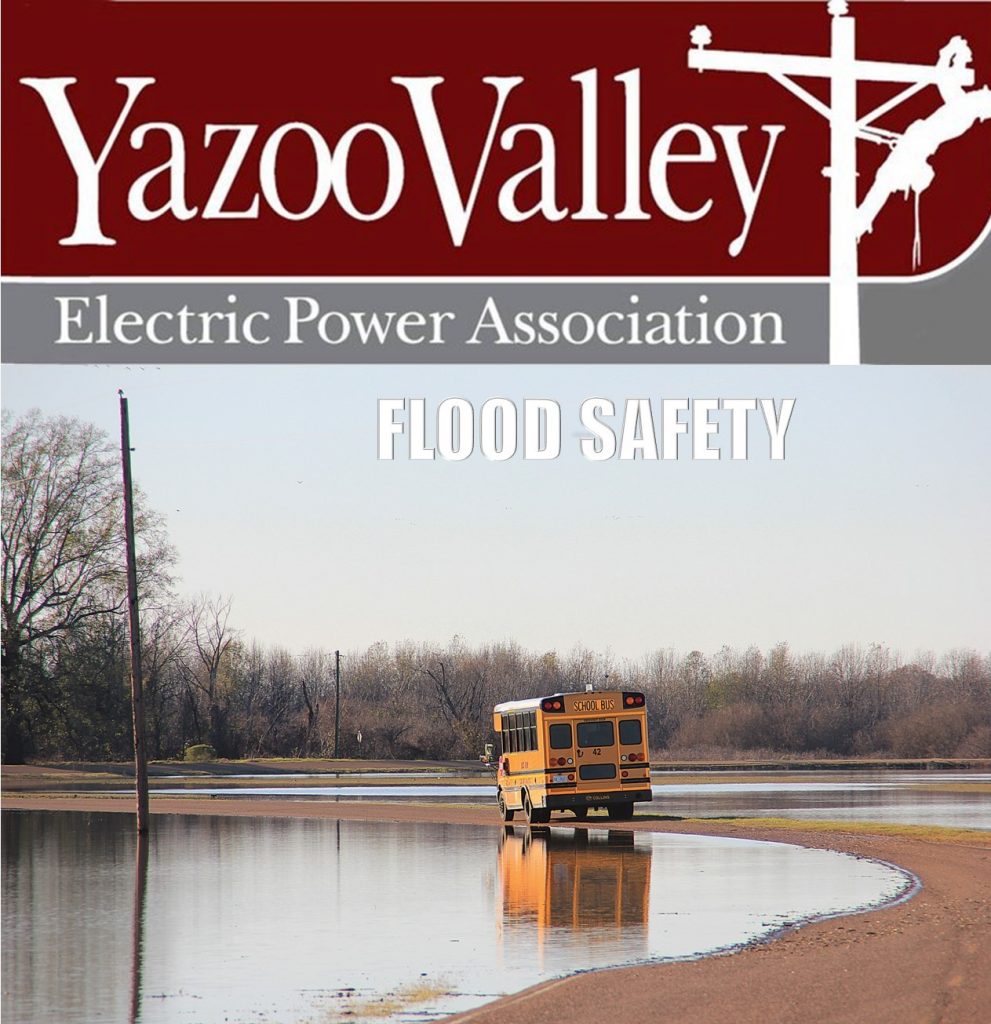
Flooded Areas
My basement has flooded and there is standing water. Is it safe to go down there?
Use extreme care when stepping into flooded areas. Submerged outlets or electrical cords can energize water, posing a lethal trap.
My washer, dryer, and a few other appliances got really wet during the flood. Can I start using them again after they dry out?
Do not use electrical appliances that have been wet until they have been examined by a qualified service repair dealer. Electrical equipment exposed to water can be extremely dangerous if re-energized without proper reconditioning or replacement.
Does a flood affect my home’s electrical system, too, or just the appliances?
Electrical items, such as circuit breakers, fuses, ground fault circuit interrupters (GFCIs), receptacles, plugs, and switches, can malfunction when water and silt get inside. Discard them if they have been submerged. Have a licensed, qualified professional replace them.
Can flooded outside areas be dangerous too?
Yes. Downed power lines or submerged outlets from adjacent homes could energize the water. Use extreme caution when entering any flooded area.
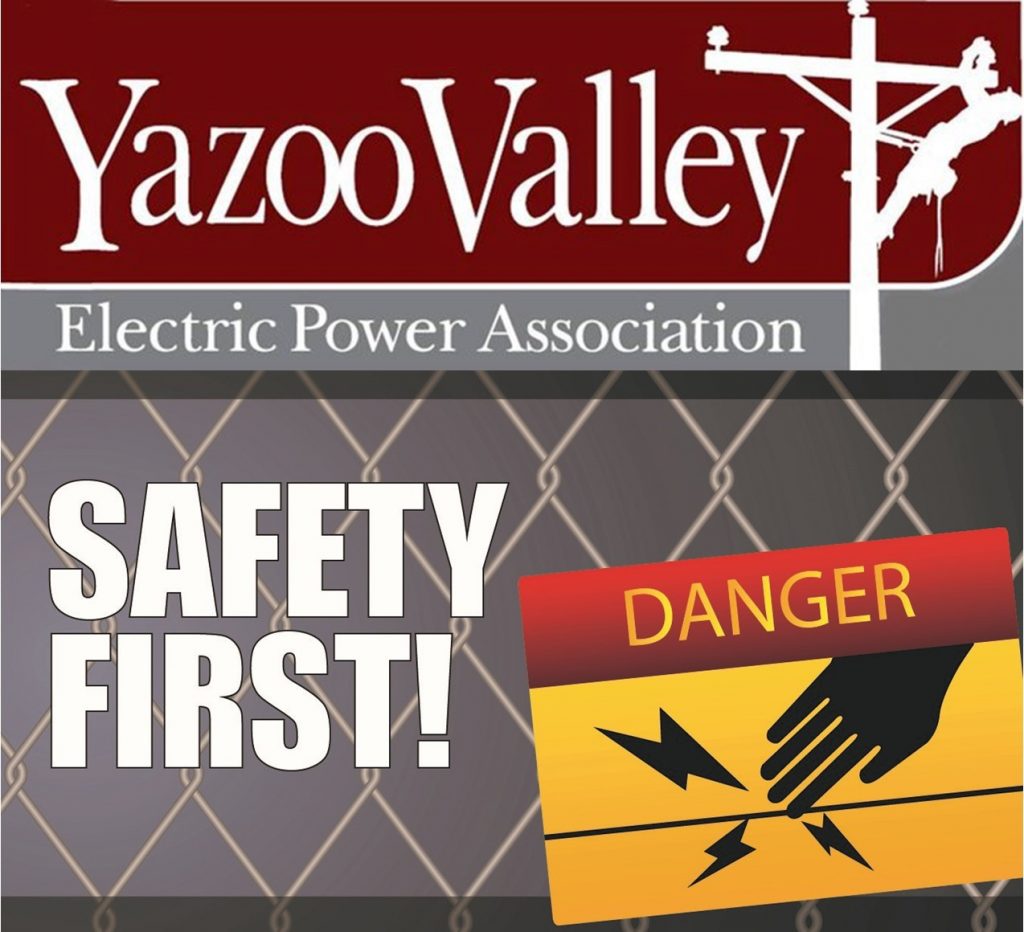
Wet Electrical Equipment
My home wasn’t flooded, but some electrical appliances have gotten wet. Do the same safety rules listed above apply to my situation?
Yes—they still apply. Do not use electrical appliances that have been wet until they have been examined by a qualified service repair dealer. Water can damage the motors in electrical appliances, such as furnaces, freezers, refrigerators, washing machines, and dryers.
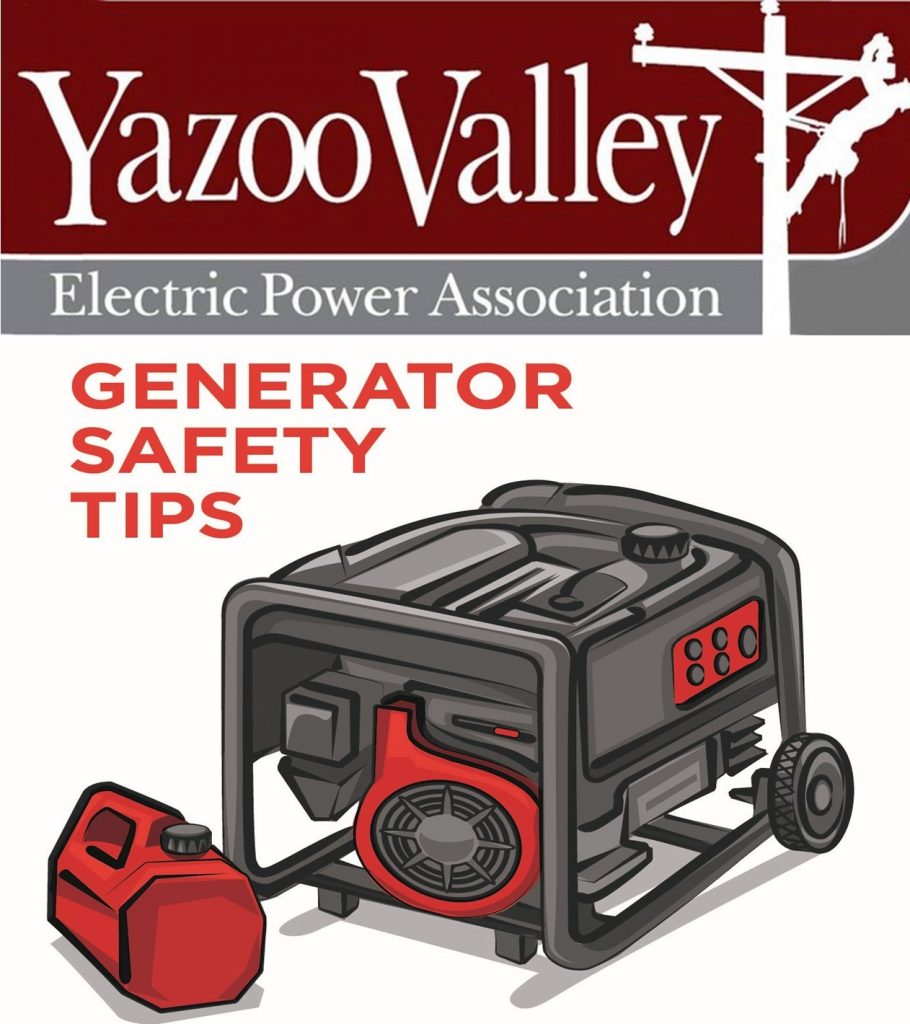
Portable Generators
I bought a new generator so that I’d be prepared for the next power outage. Is there anything special I should know about installing it?
We strongly recommend having a licensed electrician install your home generator.
Also, make sure your generator is properly grounded in accordance with the manufacturer’s instructions.
Can’t I just plug my generator directly into one of my home’s outlets?
Do not connect generators directly to the household wiring unless an appropriate transfer switch has been installed by a licensed, qualified electrician.
What could happen if I don’t have a transfer switch installed?
Without the proper transfer switch, power provided by the generator can “backfeed” along the power lines, creating a significant electrocution hazard for anyone coming in contact with the lines, including line workers making repairs to the system.
I’ve heard that generators should be kept dry. Can I run it in my garage to protect it from the rain?
Never operate a generator inside your home or in any other enclosed—or even partially enclosed—area. Generators very quickly produce carbon monoxide, which can easily enter your home.
Place the generator on a dry surface under an open, canopy-like structure. Do not operate the generator in wet conditions or where there is standing water.
Can’t I just open the garage door to provide ventilation for the carbon monoxide?
Opening windows or doors or using fans does not provide adequate ventilation to prevent the build-up of carbon monoxide. Generators must be located outside a safe distance away from your home’s windows, doors, and vents, through which carbon monoxide can enter your home.
How far away from the house is a safe distance?
Always run a generator at last 20 feet from your home and direct exhaust away from the home.
Remember your neighbors, too. Keep your generator a safe distance away from their homes as well.
What exactly is carbon monoxide?
Carbon monoxide (CO) is a poisonous gas that is created when common fuels such as natural gas, oil, wood, or coal burn incompletely. This odorless, colorless, tasteless gas is often called the “silent killer” because it is virtually undetectable without the use of detection technology like a CO alarm. High levels of carbon monoxide can be fatal within minutes.
What are the symptoms of carbon monoxide poisoning?
Symptoms of carbon monoxide poisoning may include fatigue, shortness of breath, drowsiness, headache, and nausea. Get to fresh air right away if you feel dizzy or weak while running your generator.
Is there anything else I should do to protect my family from carbon monoxide produced by my generator?
Make sure that there is at least one battery-operated or battery-backup carbon monoxide alarm in your home. Test it before using your generator.
How many appliances can I plug into my generator at one time? Can I use it for my window air conditioner and my refrigerator at the same time?
The capacity of generators varies. Follow the manufacturer’s instruction carefully. Do not overload the generator.
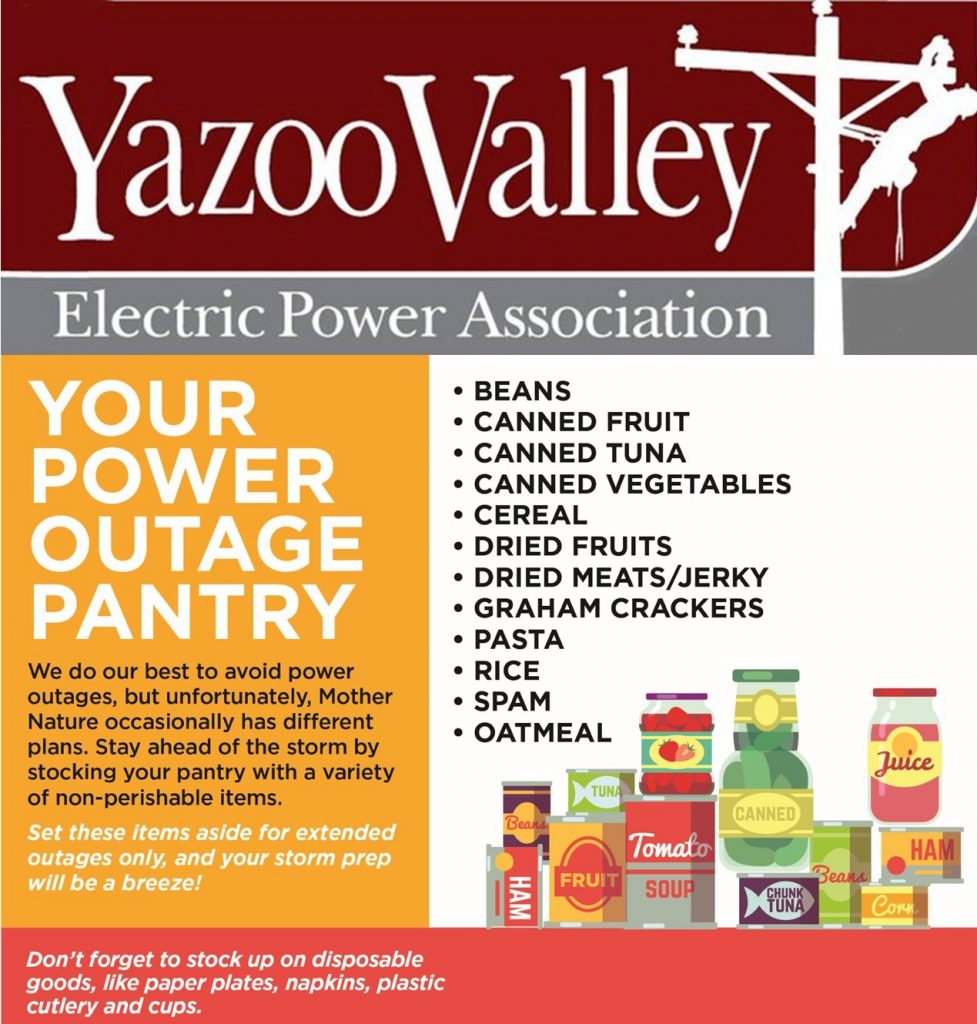
Post-Evacuation
The storm is finally over. Can I go home now?
First and foremost, do not return home until you confirm that is is safe to do so with the appropriate local authorities. Once they give the go-ahead:
- Return home during daylight hours, especially if power has not been restored.
- If you smell gas, leave the premises and notify emergency authorities immediately. Do not turn on lights, light matches, or engage in any activity that could create a spark.
I’ve been told by my local authorities that I can return home now, but could there still be electrical dangers in and around my home?
Yes. Even if you have been told that is is safe to return home, you should still take precautions to protect yourself from electrical hazards posed by downed power lines, flooded areas, and water-damaged appliances and electrical equipment.
